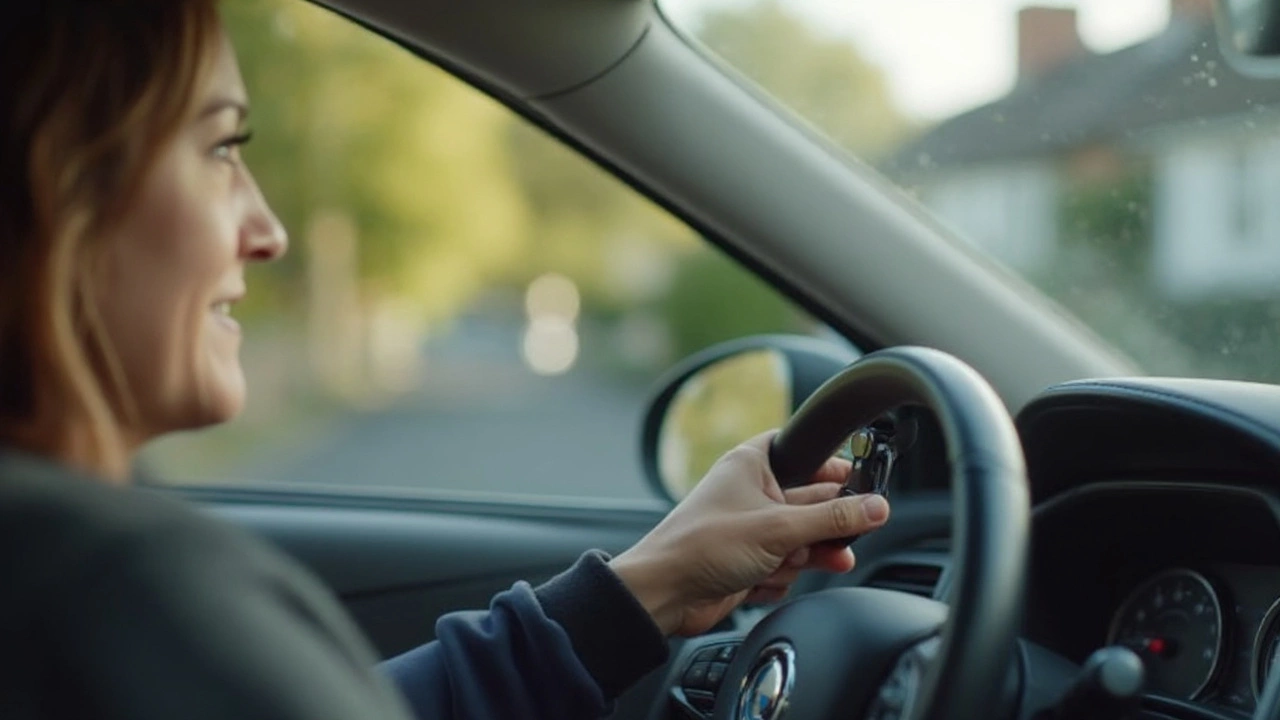Dash Cam Guide: Choose, Install & Use the Right Camera
If you’ve ever watched a nasty road accident on the news and thought, “I wish I’d had a video of that,” you’re not alone. A dash cam can give you peace of mind, help with insurance claims, and even lower your premium. The good news? You don’t need a tech wizard to get a solid setup – just a clear plan and a few simple steps.
What to Look for When Buying a Dash Cam
First, decide what matters most to you. Some drivers only need a basic front‑facing cam that records in full HD. Others want a dual‑lens model that captures rear footage too. Here’s a quick cheat‑sheet:
- Resolution: 1080p is the sweet spot for most UK drivers. It gives clear images without blowing up the file size.
- Field of view: 120°–140° covers the lane and a bit of the shoulder. Anything wider can distort edges.
- Night vision: Look for Sony STARVIS or a similar sensor if you drive a lot after dark.
- Loop recording & G‑sensor: The cam should overwrite old footage automatically and lock files when it detects a sudden impact.
- Parking mode: Ideal if you leave your car on the street. Motion‑triggered recording saves battery.
Brands like Nextbase, Garmin and BlackVue consistently rank high in UK tests. Check for a warranty of at least two years – it shows the maker believes in their product.
How to Install and Keep Your Dash Cam Legal
Installation is a breeze if you follow these steps:
- Pick a spot: The windshield’s top middle works best. Make sure the camera doesn’t block the driver’s view.
- Run the power cable: Most cams plug into the car’s 12V socket. Hide the cable along the trim and secure it with small clips.
- Set the angle: Tilt the lens about 15° downwards. That captures the road and the car’s license plate without glare.
- Test it: Start the engine and watch the preview on the display. Adjust the position until the horizon is level.
UK law allows dash cams as long as they don’t obscure your view. Avoid placing the unit too high or too low – police can fine you for obstructing the windshield.
Once it’s up, configure the settings:
- Set the date and time correctly – crucial for evidence.
- Enable GPS if you want speed and location data (helpful for disputes).
- Choose a loop length that matches your SD card capacity – 3‑ or 5‑minute loops are common.
If you’re not comfortable doing the wiring yourself, Nottingham Car Wraps & Styling offers professional dash‑cam installation. Their team knows how to hide cables neatly, so your car looks clean and you stay legal.
Finally, keep your footage safe. Transfer videos to your phone or computer weekly, especially after a claim. Most cams have a mobile app that lets you download clips with a tap.
With the right camera, a quick install, and a little routine maintenance, you’ll have reliable evidence whenever the road throws a curveball. Enjoy the extra confidence – and maybe even a lower insurance bill – knowing you’ve covered yourself with a dash cam.
Ever wondered if adding a dash cam to your car counts as a real modification? This article breaks down what actually qualifies as a car modification, zeroes in on dash cams, and gets into the nitty-gritty of how it can affect car insurance and legal stuff. You’ll learn the differences between fitting a dash cam and slapping on a body kit, plus get practical tips for avoiding headaches with your insurer. Not every gadget upgrade changes your car’s status, but in some cases, even tiny electronics can matter. Read on to avoid nasty surprises before you mod your ride.

